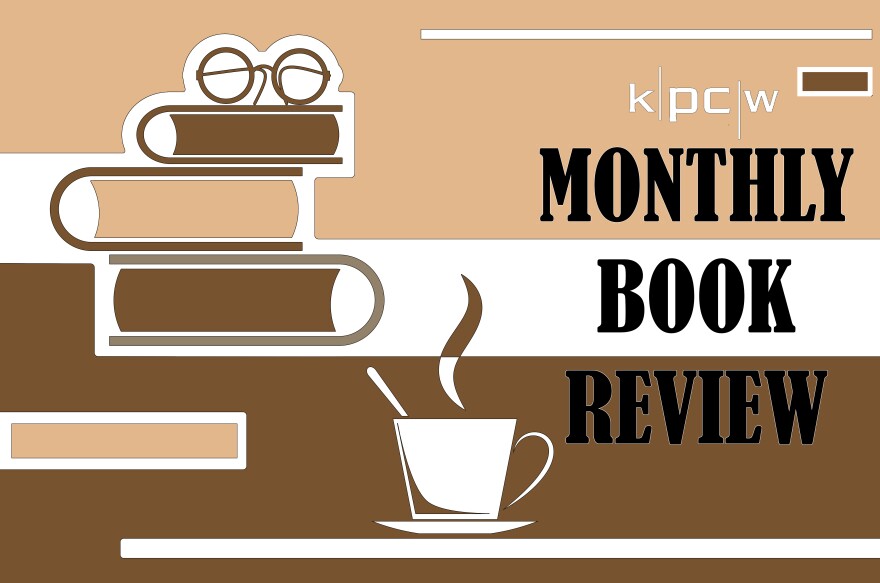This month, Cathy Lanigan reviews There There by Tommy Orange, a book the Wasington Post reviewed as ‘masterful… white hot… devastating’ and the New York Times reviewer called ‘a new kind of American epic.’ There There is a novel following 12 Native Americans in modern day Oakland California.
There is a particular frustration and pain in being misrepresented. Like a middle schooler who hears false rumors being spread about her or a public figure being wrongly accused of bad behavior, there is a terrible sense of helpless rage that accompanies slander. There is, too, a bitter experience of sadness and loss when forced to accept that a beloved place which was both a lifelong home and a way of life is irretrievably gone.
That excruciating combination of impotence and rage, indignation and despair is the furious undercurrent throughout Tommy Orange’s debut novel, There There.
This celebrated novel follows twelve Native Americans living in and around Oakland, California. As each character moves closer to an upcoming Pow Wow, the reader has a building sense of dread as it becomes clear that this will not end well. While gut-wrenching, this centripetal force refuses to allow the reader to put the story down. At the heart of each of these stories is the sense of displacement both in identity as Native Americans and in place as Oakland residents.
Early in the novel we meet Tony Loneman, a youth with a disfiguring condition he refers to as ‘The Drome.’ After being mocked at school, he first notices his face the way others see it when he is sitting in front of a turned-off TV screen.
“My face stretched across the screen. The Drome. I tried but couldn’t make the face that I found there my own again.”
This character personifies the disconnect between a person’s true nature and how other see him, a theme on almost every page of the book.
The title There There references Gertrude Stein’s famous 1937 line about Oakland “there is no there, there.” While that line has been co-opted to denigrate Oakland, its’ original context was an expression of her sense of loss for the Oakland she loved as a child. Park City locals know all too well the visceral sense of loss experience when the physical place they have loved disappears by inches. On his people moving to the city he says:
“We made art and we made babies and we made way for our people to go back and forth between reservation and city. We did not move to cities to die. The sidewalks and streets, the concrete, absorbed our heaviness. The glass, metal, rubber, and wires, the speed, the hurtling masses—the city took us in.”
There There is a book steeped in the anger of displacement and misrepresentation. This is not a book the reader will easily forget.
Cathy Lanigan with the Friends of the Park City Library,



